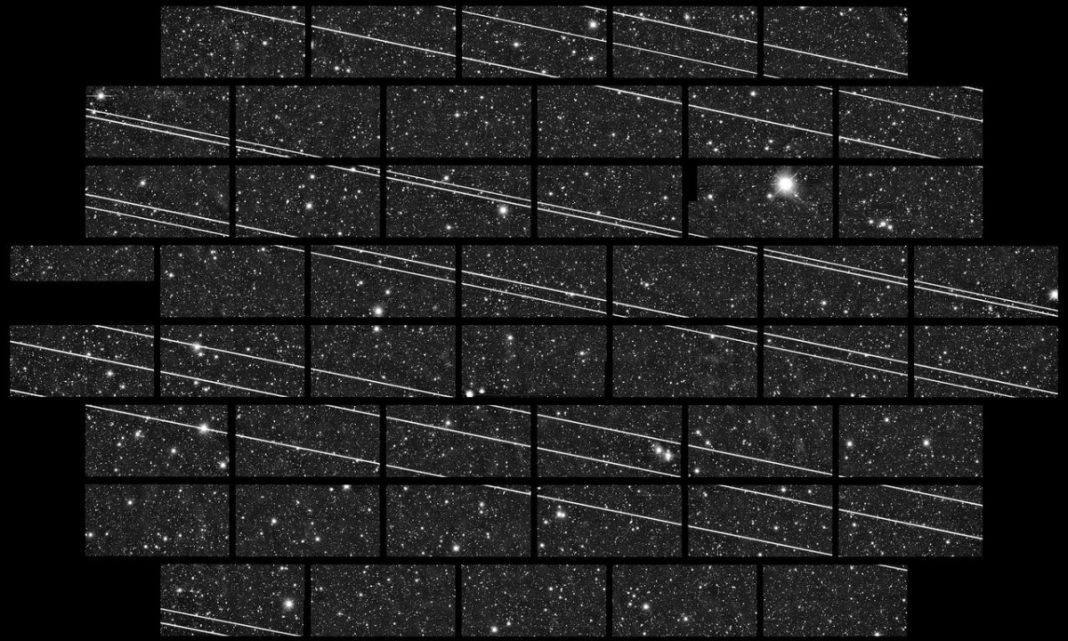Starlink satellites are making thousands of avoidance maneuvers as low Earth orbit becomes more crowded, feeding worries that a catastrophic impact is inevitable.
SpaceX’s orbital communication satellites performed maneuvers just over 25,000 times in the six-month period between December 1, 2022, and May 21, 2023, the company told the Federal Communications Commission in a recent filing. The company explained that it uses a threshold for maneuvering that is “an order of magnitude” more stringent than industry standard. SpaceX’s satellites move when the probability of a collision is greater than 1 in 100,000, while NASA and other industry firms use a threshold of 1 in 10,000.
Nevertheless, this is double the number of avoidance maneuvers that Starlink satellites made in the previous reporting period. The number of collision avoidance moves tracks alongside the growth of the Starlink constellation: For this most recent period, SpaceX reported adding 457 satellites to orbit.
Of the 25,000 maneuvers, over 1,300 of those were to avoid debris generated from Russia’s November 2021 anti-satellite weapon demonstration test. While only 9% of debris from that test is still in orbit, it posed the largest overall risk to Starlink satellites, the filing said.
Of course, SpaceX is not the only company with plans to establish a megaconstellation in orbit. Even if some of these projects fail, there will still likely be tens of thousands more objects in space by the end of the decade.
Just a few days after SpaceX filed its report, a study published in the Astronomy & Astrophysics journal found that Starlink satellites emitted “unintended electromagnetic radiation” that could impact astronomical research. The study authors used a very sensitive Low Frequency Array telescope to detect the radiation from 68 Starlink satellites. This is different from the types of signals that astronomers have already had to contend with from communications satellites.
The study authors conducted simulations of the effect from several satellite constellations, which showed a compounding effect from the radiation.
“Our simulations show that the larger the constellation, the more important this effect becomes as the radiation from all the satellites adds up,” study co-author Benjamin Winkel from Germany’s Max Planck Institute for Radio Astronomy said. “This makes us worried not only about the existing constellations but even more about the planned ones — and also about the absence of clear regulation that protects the radio astronomy bands from unintended radiation.”
The study’s lead author, Federico Di Vruno, is co-director of the International Astronomical Union Centre for the Protection of the Dark and Quiet Sky. The IAU has been one of the most vocal organizations regarding the potential impacts of satellite constellations on astronomy. The authors are “in close contact” with SpaceX, and the company has already introduced changes to the next generation of Starlink satellites to help mitigate the impact of these emissions, a press release on the study said.
